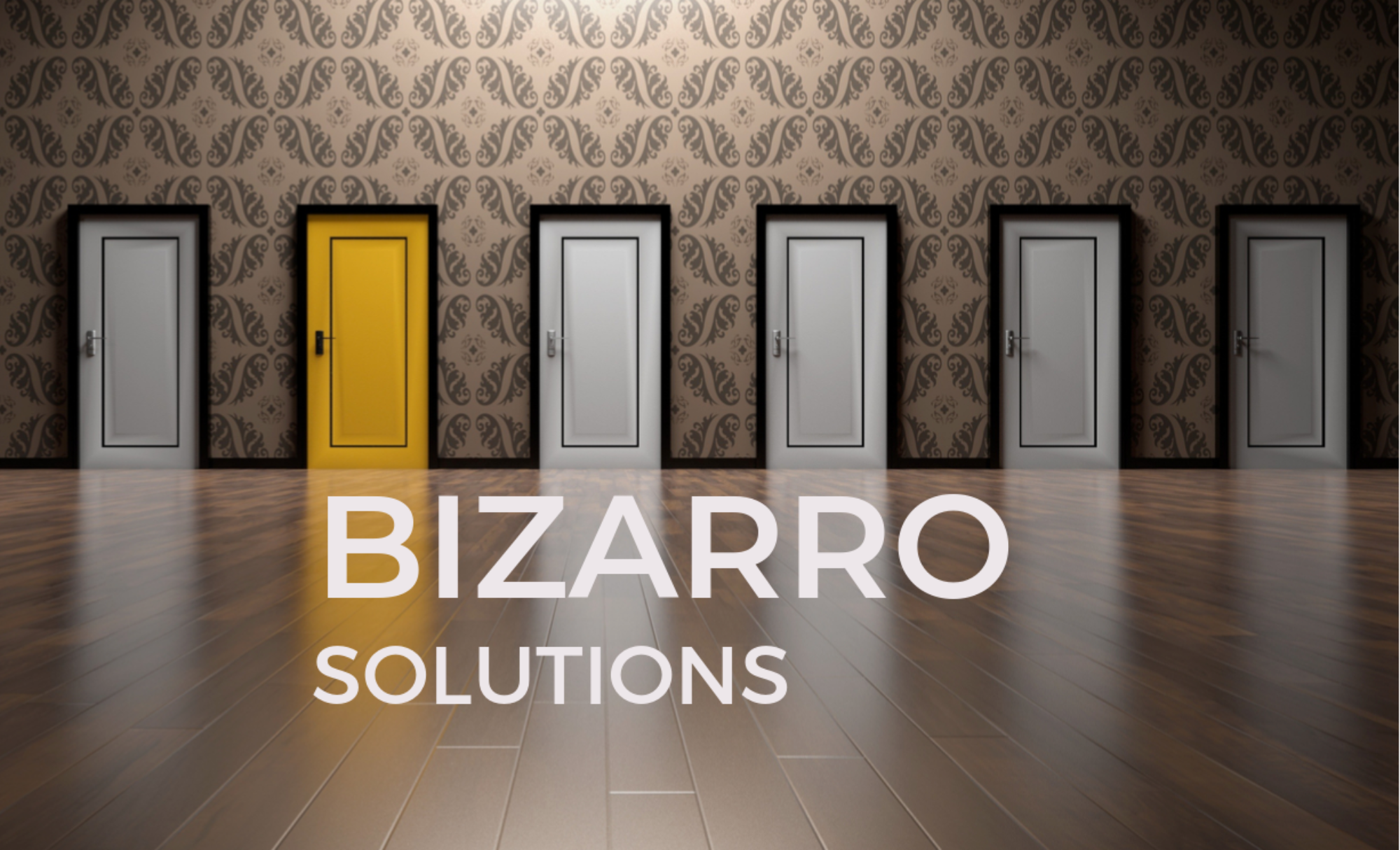In both industry and academia terms like silo and ivory tower are commonly used to describe work that is isolated within a community, department, discipline, or function. Even though this type of set-up can be very efficient and productive, too much work in isolation further exacerbates the misalignment between science and practice.
Having spent a majority of my professional career thus far in an academic setting I’ve seen first hand that different disciplines operate in their own silos and often develop theories and ideas alongside each other rather than with each other. The idea that these silos exist in industry as well, even within the same organization, is relatively new to me. I’m not surprised that they exist but I am curious about why they exist, whether the silos within industry and academia operate in the same way, and what this means for the science-to-practice conversation.
So what’s the point? This post seems a little dry…
I mentioned already that I’ve been working in Organization Management and Development, which is part of HR for a large organization. The team I work on is commonly referred to in the field as a Center of Excellence or Center of Expertise (COE). This week I had the pleasure of meeting a new co-worker for the first time. He was excited to join the COE after working internally with the HR Generalists and Business Partners. I was curious to hear about his experiences working in both realms of HR and why he was eager to be part of the COE again. Based on our conversation, the major benefit of working in the COE is the level of creativity and freedom you are allowed in your work. He used the phrase, “Your time is your own,” which, ironically, is what I hear from many people touting the benefits of a career in academia versus industry.
Here is where the silos come in. In our conversation, my co-worker brought up the potential risk of the COE becoming too isolated and ultimately less valuable to the larger organization. Over the past decade or so HR functions have been undergoing transformations on how to address inefficiencies and a general lack of strategic focus in HR and perhaps these transformations could provide insights into a the broader science-to-practice conversation. Seeing how transformations play out over time could be an interesting experiment on what happens when one of the silos is completely overhauled.
It’s relatively easy for an organization to initiate a change (compared to science trying to initiate a change in industry or vice versa) especially if they have reason to believe it will improve their bottom line. But these silos exist for a reason. There is comfort in being part of a tight-knit community of colleagues. When comparing yourself to others in your silo it’s easier to see where you stand and/or demonstrate your value. What happens when these silos are broken down? Do you risk that someone else is doing something similar to you? Are they doing it more efficiently?
Words like streamline and centralization can be nerve-wracking for people who are worried about becoming obsolete. Perhaps this is part of the science-to-practice problem. People generally agree that collaboration and cross-disciplinary research is desperately needed but we are reluctant to change. If academia rethinks the way research is rewarded and published are they risking the integrity of their science? Would reworking these silos derail careers?
